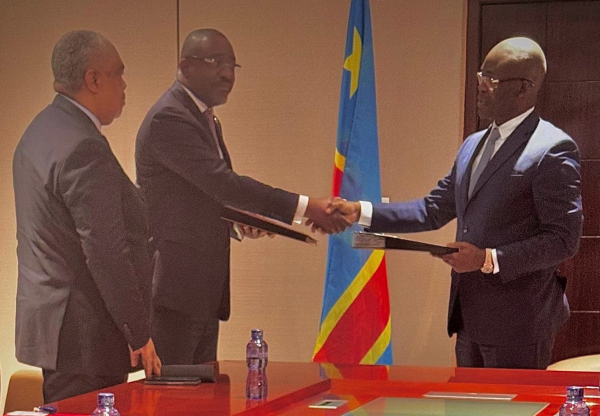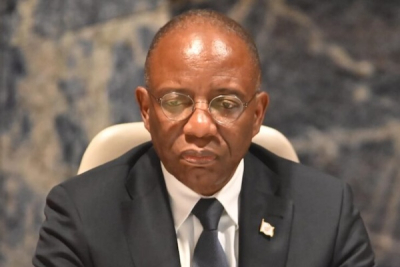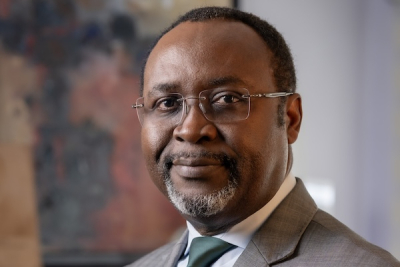The Congolese state has secured a 10% stake in Buenassa Resources SA, the subsidiary developing the Democratic Republic of Congo’s first copper and cobalt refinery. Minister of State Portfolio Jean-Lucien Bussa and Buenassa Resources CEO Eddy Kioni signed the memorandum of understanding on June 25.
Buenassa stated that this 10% stake is a golden share. While minority, it gives the government veto rights over strategic decisions affecting national interests, such as employment, taxes, local content, environmental issues, and the company’s overall strategy. To formalize this, Buenassa Resources changed its legal status from a limited liability company to a public limited company with a board of directors that now includes state representatives.
This agreement, described as a “strong signal to partners and investors,” opens the door for fundraising. Internal sources said Buenassa aims to raise $7 million to $8 million for the project’s feasibility study. The Congolese government has already contributed $3.5 million through the Industry Promotion Fund (FPI) to finance the initial scoping study.
The scoping study estimates the first phase of the project will cost $600 million. The refinery, expected to start operations by the end of 2027, should initially produce 30,000 tonnes of copper cathodes and 5,000 tonnes of cobalt sulfate each year. Ultimately, Buenassa plans to increase production to 120,000 tonnes of copper and 20,000 tonnes of cobalt annually.
The 12-month feasibility study will detail the project’s technical and economic plan, including the plant’s supply model. Officials are considering two options: using the state’s share of mining output or cobalt quotas reserved for local processing. The government reiterated during the Council of Ministers meeting on March 14, 2025, its commitment to better regulate cobalt exports and encourage domestic processing.
Buenassa’s management plans to start the feasibility study by September. However, they still need to secure a final site. They have identified a potential plot in Lualaba province, but the location remains unconfirmed.
Pierre Mukoko, Intern










